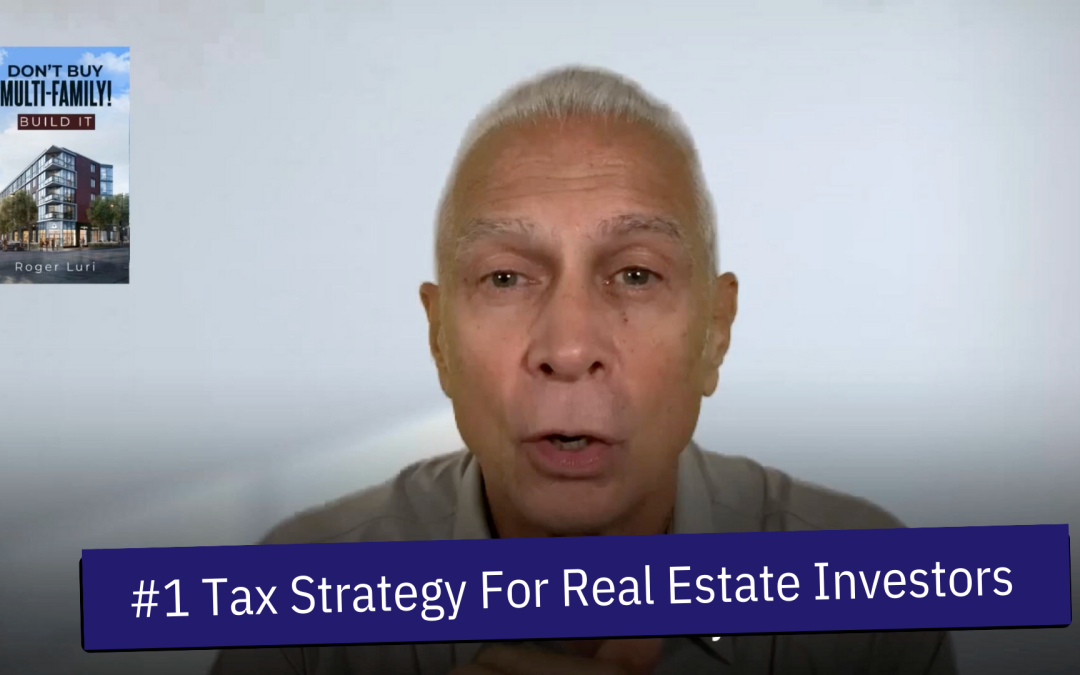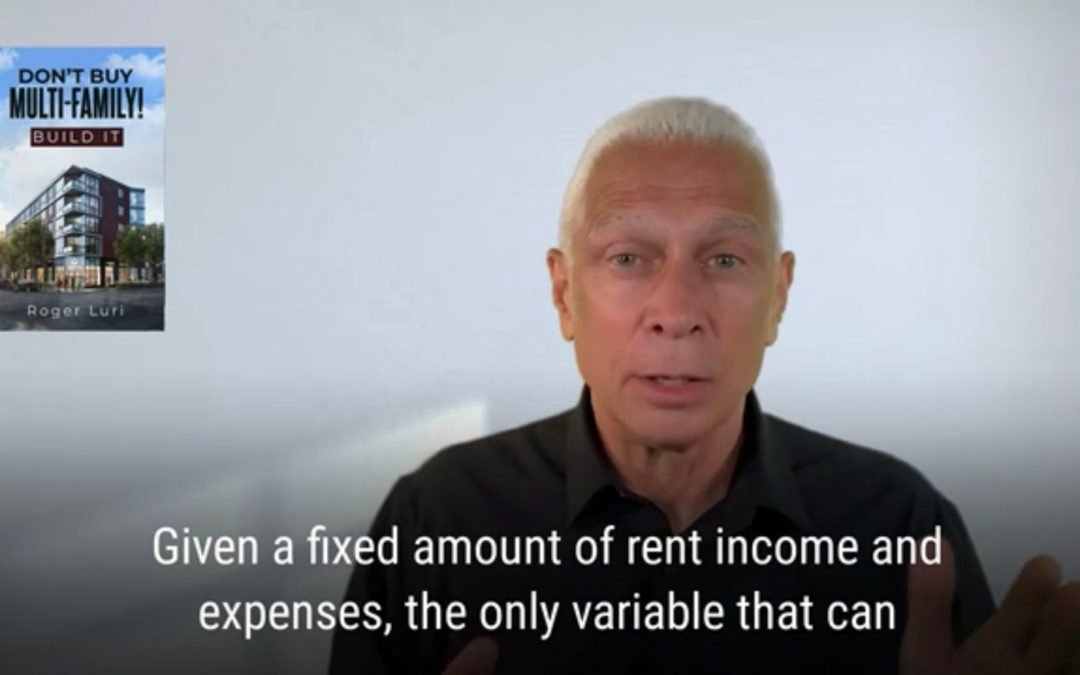
#1 Tax Strategy for Real Estate Investors
If you’re in a position where you need tax benefits to offset investment income, Cost Segregation + Bonus Depreciation give you a powerful 1 – 2 Punch of tax savings!
I’m talking about Bonus Depreciation which is a way real estate investors and developers can accelerate huge passive losses on their properties in their first year of operation!
It’s been an incredible benefit, but it drops to 80% for 2023 and 60% for 2024. For perspective, it has been only 50% most of the prior 20 years.
The good news is that if you are an investor, you can still take advantage of 80% bonus depreciation right now by purchasing an income property that is put in service before the end of this year.
So Let me back up for a minute and explain how Bonus Depreciation works.
Most people are not aware that you have the option to use what’s called Cost Segregation to depreciate certain components of your property faster.
The way it works, you have a cost segregation study done by an engineering company that specializes in Cost Segregation.
They divide the value of your building components in to 4 buckets:
Land – No Depreciation
Structural Elements – 27.5 year depreciation
Personal Property – 5 years
Land Improvements – 10-15 years
Using 100% bonus depreciation you can take all the items that depreciate in less than 20 years, accelerate their depreciation and claim all of these passive losses in your first year of operation.
The personal property and land improvement items that qualify for accelerated bonus depreciation are commonly about 30% of the building value / cost.
In our example, with total improvements at $1,500,000, 30% = $450,000 in passive losses you can claim year one!!!
if you have substantial passive income from any investment source, this is going to give you huge tax savings.
Whatever you can’t use, you can roll it forward.
Also, if you or your spouse qualifies as a real estate professional, you can use it against any regular income.
There are some great opportunities to pick up qualifying properties right now.
These can be multi-family rentals or even a single family or other smaller rental property.
The Cost Segregation study itself can be done after the 1st of the year, but the property needs to be purchased and in service (ready for occupancy and offered for rent) before the end of the year.
The clock is ticking, but there are still some great opportunities available.
DM or call me to learn more.
roger@LD2development.com
312.380.9650




